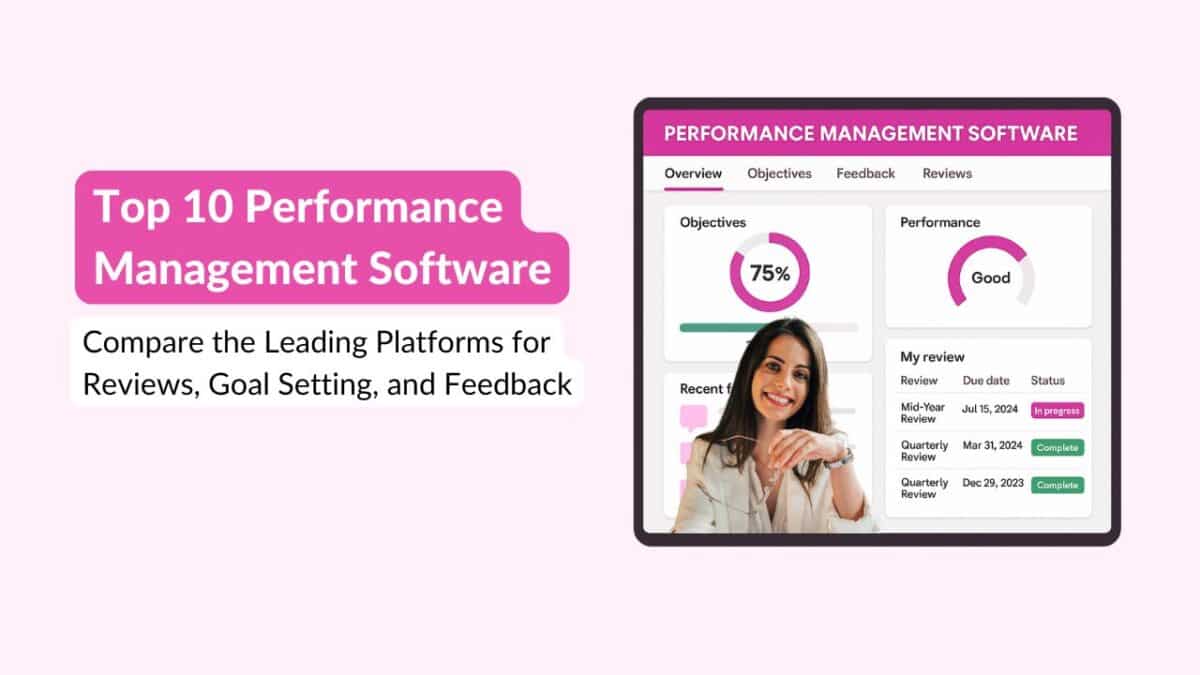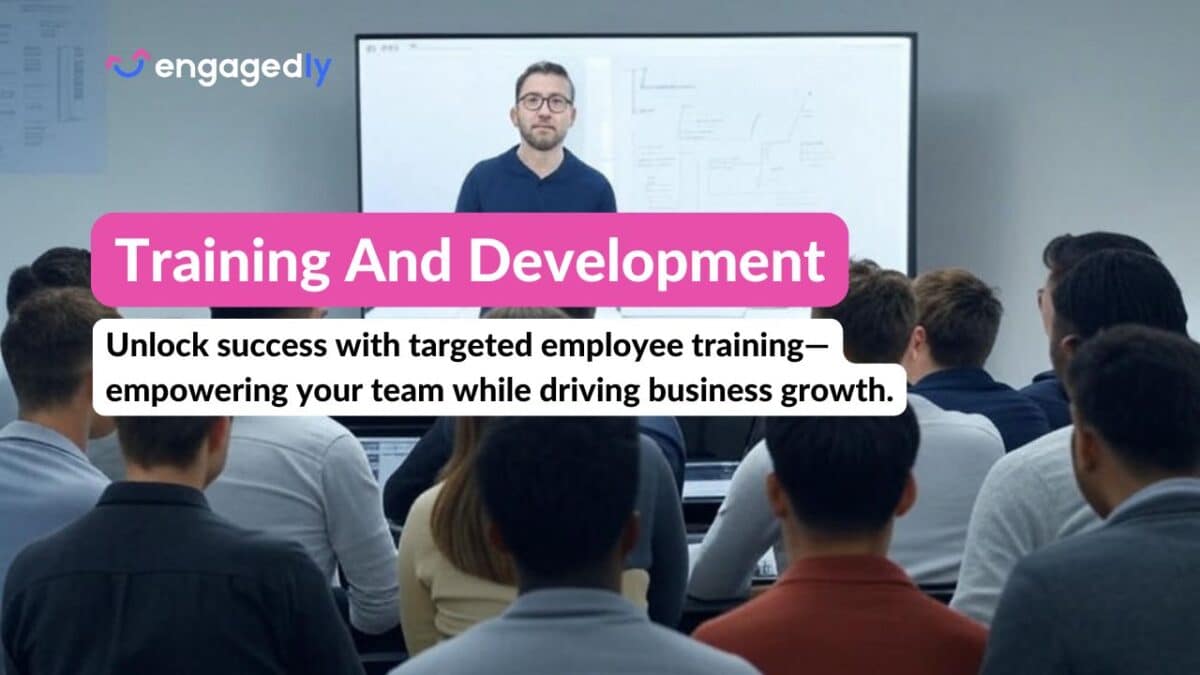I was recently talking to a friend about her annual performance appraisal. It had been delayed for a while and my friend was getting antsy. She was worried about the fact that the lateness did not bode well for her career, or it meant that the security of her job was in danger. Actually, it was because the year before; the company had grown massively in size. And managers had teams that suddenly ballooned in size. The delay was because managers were struggling to marshal their own thoughts and manage newly expanded teams while simultaneously doing their own work. Sound’s nightmarish doesn’t it?
When my friend’s appraisal finally came through, my friend was not happy with the outcome. She got a raise, but she did not get much in terms of feedback and input. And she had no means of responding to the little input she received either.
In a year, where if you assume employees work 5 days a week and include say 14 days off which are inclusive of sick leave, casual leave, and official holidays, you are left with a round number of 226 days. On each of those 226 days, an employee has done something relevant enough to merit being retained by an organization and also paid monthly.
It seems impossible to condense a year’s worth of work into a meeting that does not last for more than 30 minutes, but it does happen frequently. And more often than not, the meeting in question feels like a one-way communication street where most employees can’t respond adequately to the feedback they receive.
And it is not just employees who are unhappy. Managers are too. Imagine that you want to give your employees detailed and well-thought-out feedback, but you cannot because of a lack of time or because your organization’s employee annual performance process does not work.
How GE Transitioned to the modern performance management process?
Ideally, performance reviews are supposed to be helpful, not only for the employee but for the manager as well. But with the way most organizations tend to run them, they breed disengagement more than anything else.
I recently read a news story that was extremely illuminating to me.
This news story revolved around the American multinational conglomerate GE. GE was known for its annual performance appraisal process, where an employee’s performance at the end of the year was brought down to a number, based on which they were judged and ranked. The employees who fell in the bottom ten percent lost their jobs.
Today, this form of performance appraisal sounds not only harsh but also reductionist. But it will be surprising for you to know that not only did GE promote this form of appraisal aggressively, but other organizations also wanted to mimic them.
This year after 30 years or so, GE did an extremely surprising thing. They did away with their annual performance review process completely. Now they’re experimenting with a process where frequent feedback is given to employees via an app.
For GE to do this represents a sea change in the way organizations are dealing with performance reviews. GE is not the only organization to do this by the way. Microsoft, Accenture, and Adobe have done away with them too. As I mentioned in the first section, there’s something inherently wrong with the way performance reviews are utilized. They are seen as tools to measure and rate employees. But that’s only the tip of the iceberg. In reality, performance reviews are more than that. They involve giving an employee feedback, taking their input, and also helping them grow, not only as individuals but also as professionals. And here’s the clincher, performance reviews are not tied to pay. And neither should they be.
Today’s Millennials Need Instant Feedback
We must take note of one thing. Today’s workforce (and I’m talking globally) is continuously evolving. It is largely made up of Millennials, a generation who having grown up with technology, expect feedback instantaneously. Also, many would like to ding millennials for wanting feedback but there’s absolutely nothing wrong with expecting feedback at the workplace. Technology too is evolving rapidly and a few years down the line, present technology will be out of existence.
GE and a collection of other companies dumping annual performance reviews mean that they’ve surveyed the present workforce and realized that things have got to change. A classic case of out with the old and in with the new.
How Performance Management Software Can Help?
By now, I hope you are wondering about how you can change the way things are in your organization. If not, it is something that you should worry about. You cannot hold on to outmoded practices because of tradition. Sometimes, you have to buck tradition and look to software to help you out.
Specifically, Engagedly, the employee engagement platform.
Engagedly is not the only HR application that is there in the market today. But here is what separates us from the rest. I’m not going to launch into a spiel about our values and beliefs. I’m going to show you what we have, rather.
An ideal way to evaluate an employee’s performance is to ensure you have three tools at your disposal that help you carry out the processes carried out below.
- Instant Feedback
- Praise
- Goal Management
- Engagement
A tool for instant feedback? We have it. In the Engagedly app, giving feedback is extremely easy. Just click on the icon next to Post, which shows two parallel arrows, select a user, input your feedback by clicking on the Share Feedback icon, choose whether the feedback is positive or negative, and click on Submit. We’ve simplified the process of giving feedback. You don’t have to jump through any forms and fill out a convoluted form. And oh, we’re not just about giving feedback. You can request feedback too. Just click on Request Feedback, type out our feedback, select the person you want to request feedback and click on Submit. No more dithering during a meeting, and wondering how to ask for feedback.
Praise is vital in an organization. We don’t want to admit it to ourselves, lest we sound vain, but praise thrills us and makes us want to do better. It is a motivator and an acknowledgment of your capabilities. Want to praise an employee, click on the Feedback icon next to the post, select Praise Someone, type out your praise, select a user, click submit and you are good to go.
There is an easier way to track your employee’s goals than creating them, checking back with them frequently, and doing some complicated gymnastics in your head to see how far they have come. Engagedly’s goal management module is known as Cascading Goals, where you can create the primary goals and then track your employee’s results over a period of time. This makes it easier to measure performance, doesn’t it?
And last but not least, engagement. The Engagedly app contains the Post feature, whose main purpose is to foster communication among employees and do away with the hierarchies that separate an employee and a manager or a CEO and a manager. We’ve also gamified communication, another feature with ensures that there is some value to communicating with others.
This is just a glimpse of how you can revolutionize the process of performance appraisals. Don’t be one of those organizations where you lose employees because of outdated performance appraisal practices.
Want to know how Engagedly can simplify your Performance Appraisal process? Request for a demo from the experts.
Request A Demo
Author
Srikant Chellappa
CEO & Co-Founder of Engagedly
Srikant Chellappa is the Co-Founder and CEO at Engagedly and is a passionate entrepreneur and people leader. He is an author, producer/director of 6 feature films, a music album with his band Manchester Underground, and is the host of The People Strategy Leaders Podcast.






